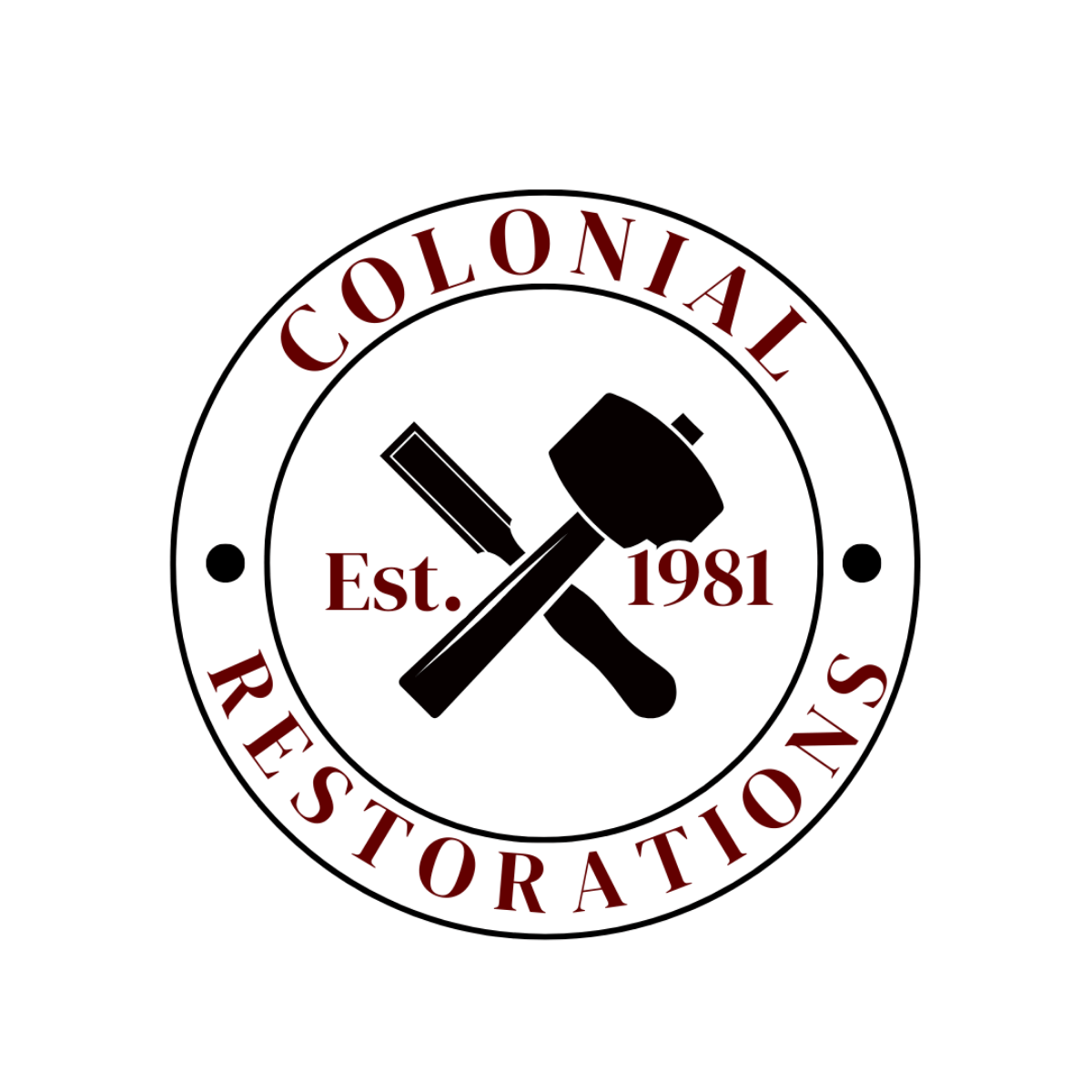Posts and Beam Buildings
By T. Bradford Green of Colonial Restorations
Posts and Beam Buildings
When one travels through much of New England’s countryside, a sense of tradition is apparent in the post and beam buildings scattered across the land. These buildings hold a piece of history that has long succeeded the original builders and owners. However, some people find it hard to understand why these two hundred year old structures should be restored to their original state as opposed to tearing them down and starting over. A brief background on the history of post and beam structures is perhaps necessary to understand this. There is the long-standing sentiment that these buildings are “alive” with the frame as the skeleton of the structure and the sheathing and clapboards are the skin. However, the skin could not exist without a strong skeletal configuration. When the colonists first came to New England, they had limited ideas on how to build their houses in response to the constantly changing weather conditions. Consequently, rather than trying to develop a new technique of building, they used the method they used in England, which was timber framing.
Timber framing or post and beam construction utilizes large beams joined together with mortise and tenon joinery. Large sills were used as a base to the frame around the entire structure in order to distribute the weight over the irregular foundation. Vertical posts that stretched to the top plate were then joined into the sills. At times, gunstock posts were used. These posts widen as they span towards the top plate allowing a wider support at the top for more beams. A large top plate was used to support the rafters. Purlins, the horizontal timbers on the roof frame, were sometimes utilized, especially on larger roofs. The ridge pole is the horizontal beam that connects rafter pairs at the peak of the structure. In some early structures, it was not even present. In the better structures, it was a five- sided pole with the rafters tenoned into it. The earliest beams were hand hewn and were fitted together various types of joinery that were cut in the beams. The size and strength of these beams made the building able to resist the downward stresses caused by the weight of the building itself. However, not all stresses are downward so numerous diagonals where installed to protect the house from side stresses, such as the wind.
If the frame of a building is the skeleton, then the joinery is the heart of post and beam buildings. There are many different options available but the basic joints included the mortise and tenon joint and the simple half lap. One could also encounter more complicated joinery including the dovetail joint, the tusk-tenon joint, and the splayed scarf joint. Wooden pegs called trunnels (tree nails) were used along with this joinery to tie the beams together.
Great pride was taken in the designing and raising of these structures. Sometimes, the entire community would participate in the hoisting of the frame thereby making it possible to complete the process in a single day. They were typically raised one bent at a time. A bent is a cross section of the frame that is comprised of a line of vertical posts and the horizontal timbers that connect them. The area between each bent is called a bay. Post and beam houses often have four bents and barns can have any number, depending on their size.
Due to demand around the 1830s, a new method of construction was introduced in response to the need for quick, inexpensive homes. The machinery of the industrial revolution facilitated the ability to mill or mass produced dimension lumber. Heavy timbers gave way to studs and joists, etc. at sixteen inches on center as a way of building. This method was termed balloon frame building. These structures still, however, used the large sills to distribute the weight over the irregular foundation. This method of building often required only one skilled man to build the house. The other men only needed to be able to cut wood, hit a nail, and do as they were told.
In the 1930s, an even simpler method was established called a platform frame. In light of the new-found ability to pour concrete foundations that were smooth on top, there was no longer the need to use large beams as sills. The entire building was built out of the smaller, milled wood. They were built one floor at a time in a manner that is similar to building platforms on top of each other. This method was even simpler than the balloon frame technique.
Recently, people have been able to get back to timber framing. The love and pride that once existed the post and beam houses is returning and buildings that might have been ignored fifty years ago are being saved.
Colonial Restorations is a company located in Brookfield, Massachusetts specializing in the structural restoration and repair of Early American homes and barns. Much of Colonial Restorations work involves the replacement of sills. Sill damage is usually not visible from the inside the cellar The damage starts on the lower outside edge and because the weight of the building is distributed primarily on the outside edge of the sill, one can see a rolling out of the siding in areas where sill damage exists. Owner Tom Green suggests that sills are checked by a professional prior to purchasing a home or considering any restoration or renovation work. Another specialty of Colonial Restorations is the straightening and re-enforcing of barns.
In June, 2000 Tom’s son, Brad, joined the business as a graduate of Wesleyan University in Middletown, Connecticut. Brad utilizes his training in economics, computer knowledge and his considerable timber frame experience to the business. His joining the business is certain to prove to be a big plus.

Leave a Reply